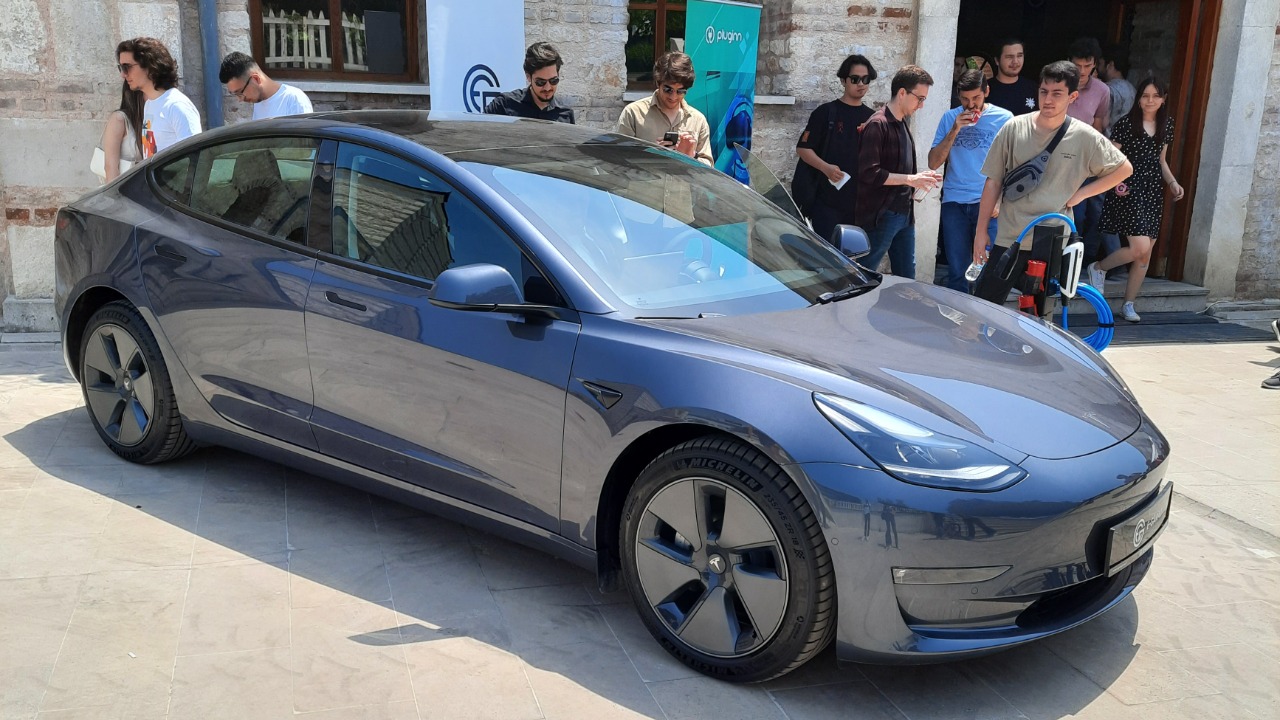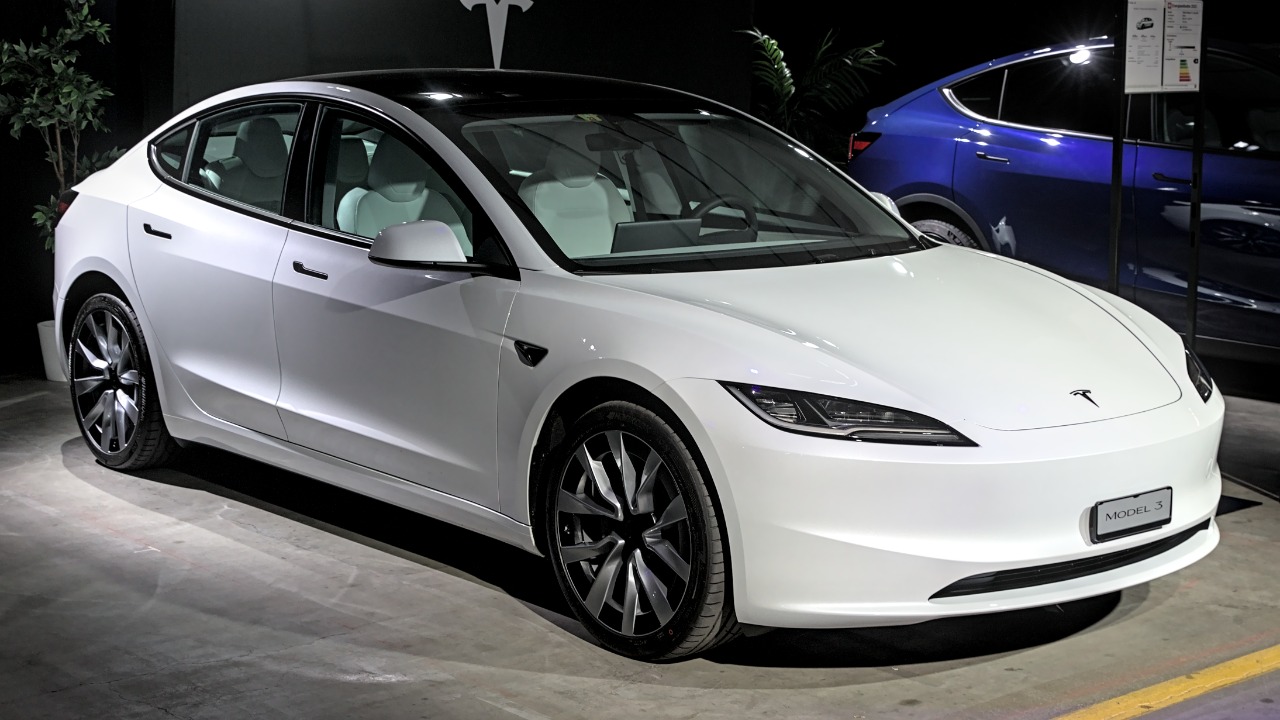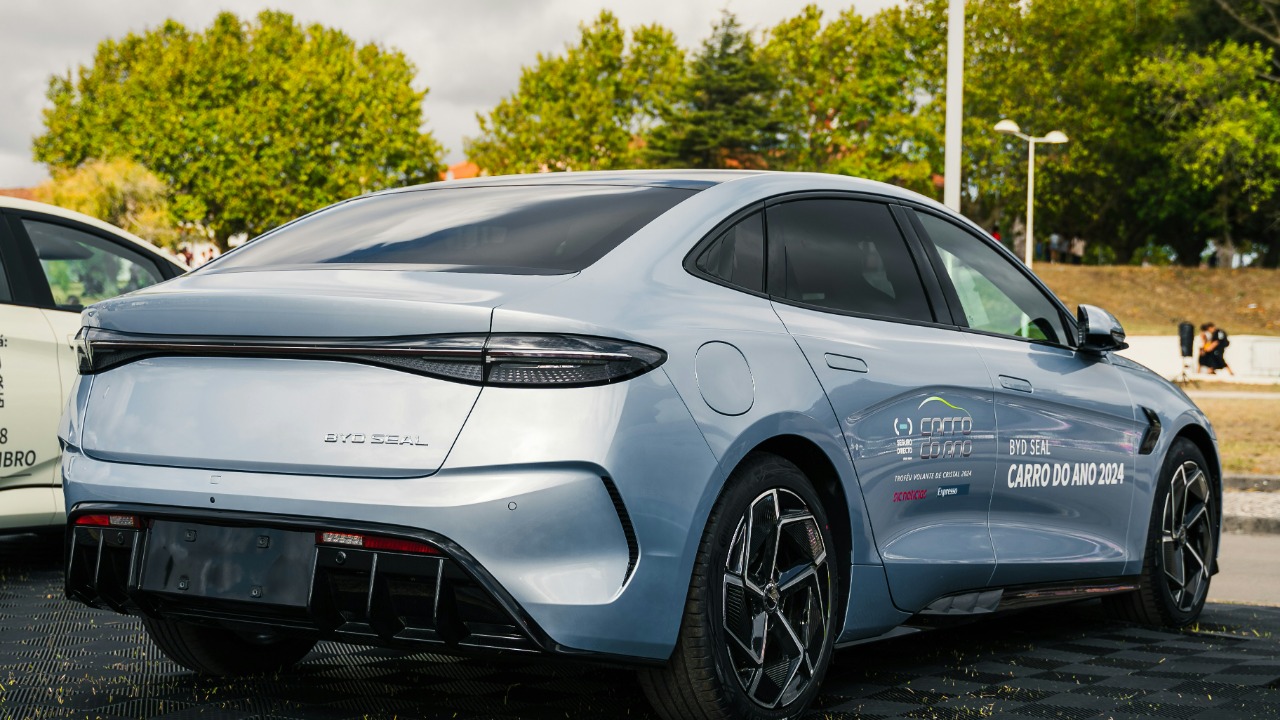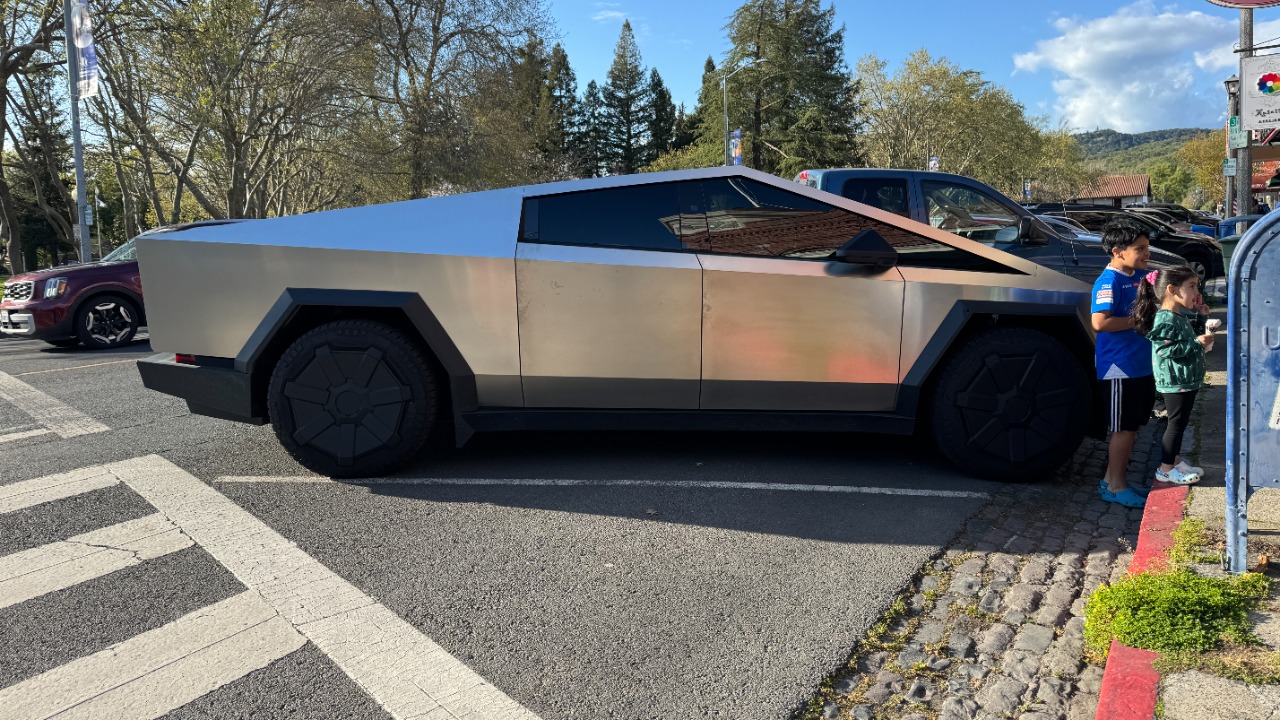
Tesla, the electric vehicle giant, has officially terminated its plans to produce a low-cost electric vehicle, originally aimed to be priced around $25,000. This decision comes amid increasing competition from Chinese electric vehicle manufacturers and the rising costs of production. The move marks a shift in Tesla’s strategy as it re-evaluates its role in the rapidly evolving global automotive market.
Tesla’s Original Vision and Ambitions

Tesla’s initial goals were ambitious, focusing on the democratization of electric vehicles by making them accessible to a wider audience. The introduction of a low-cost model was supposed to be a pivotal component of this vision. By reducing the price barrier, Tesla aimed to accelerate the global transition to sustainable energy. The planned $25,000 electric vehicle, often referred to as the Model 2, was seen as a strategic move to capture a substantial share of the burgeoning EV market.
Elon Musk, Tesla’s CEO, had made several public announcements regarding this model. He originally mentioned the project at the company’s Battery Day event in 2020, outlining a timeline that suggested a possible release as early as 2023. The anticipation surrounding this model was high, with expectations that it could revolutionize the market and significantly increase Tesla’s sales volume. Analysts speculated that a budget-friendly Tesla would reshape consumer expectations and challenge traditional automakers to accelerate their EV development plans.
Challenges in Achieving a Low-Cost Model

Despite the promising vision, Tesla faced significant challenges in bringing a low-cost model to fruition. Rising production costs and supply chain disruptions have been formidable obstacles. With the global semiconductor shortage affecting various industries, Tesla’s manufacturing capabilities were strained. The company’s ability to maintain quality while reducing costs proved to be a complex balancing act.
Technological advancements, particularly in battery production, were crucial for cost efficiency. Tesla’s reliance on lithium-ion batteries required breakthroughs in technology to reduce expenses. However, achieving these advancements proved more difficult than anticipated. Moreover, global economic factors such as inflation and raw material shortages have added to the complexities, forcing Tesla to reconsider its strategic direction. Supply chain issues and the escalating cost of raw materials like cobalt and nickel have further exacerbated these challenges.
Competition from Chinese EV Manufacturers

The competitive landscape in the electric vehicle market has evolved rapidly, with Chinese manufacturers like BYD and NIO gaining prominence. These companies have successfully captured market share by offering innovative and affordable electric vehicles. With aggressive pricing strategies and a strong domestic market, Chinese automakers have positioned themselves as formidable competitors to Tesla.
The impact of this competition on Tesla’s strategy cannot be overstated. While Tesla remains a dominant player in the global market, the rise of these Chinese companies has prompted a strategic reevaluation. Chinese EV manufacturers have leveraged their cost advantages to make inroads into international markets, challenging Tesla’s competitive edge. This dynamic shift in the market landscape has influenced Tesla’s decision to scrap its low-cost car plan, as it focuses on maintaining profitability and market leadership.
Shifts in Tesla’s Strategic Focus

In response to these challenges, Tesla has pivoted towards premium models and high-margin products. This strategic shift is evident in the company’s recent focus on models like the Model S Plaid and the Cybertruck. By emphasizing high-performance vehicles, Tesla aims to cater to a niche market with higher profit margins, allowing it to invest in future technologies.
Tesla’s investment in autonomous driving technology and other high-tech innovations further reflects its evolving strategy. The company’s efforts in developing Full Self-Driving (FSD) capabilities underscore its commitment to innovation. By prioritizing high-tech features, Tesla is strengthening its brand image as a leader in automotive technology. However, these shifts also raise questions about the company’s long-term vision for affordability and accessibility in electric vehicles. Tesla’s strategic focus on premium products may alter its brand perception, impacting its customer base.
Market and Consumer Reactions

The decision to scrap the low-cost car plan has elicited diverse reactions from industry experts and analysts. While some view it as a pragmatic response to market conditions, others express concern about Tesla’s departure from its original mission. The move has led to speculation about the company’s long-term strategy and its ability to compete in a rapidly changing landscape.
Consumer sentiment has also been affected by this decision. Loyal Tesla customers who anticipated a more affordable model may feel disappointed. However, the company continues to have a strong following due to its innovative products and brand loyalty. As Tesla navigates these changes, speculations about future models and their potential impact on the market abound. Analysts are keen to see how Tesla balances its focus on premium models with its goal of making electric vehicles more accessible. Consumer reactions and industry speculations will likely continue to shape Tesla’s strategic decisions in the coming years.